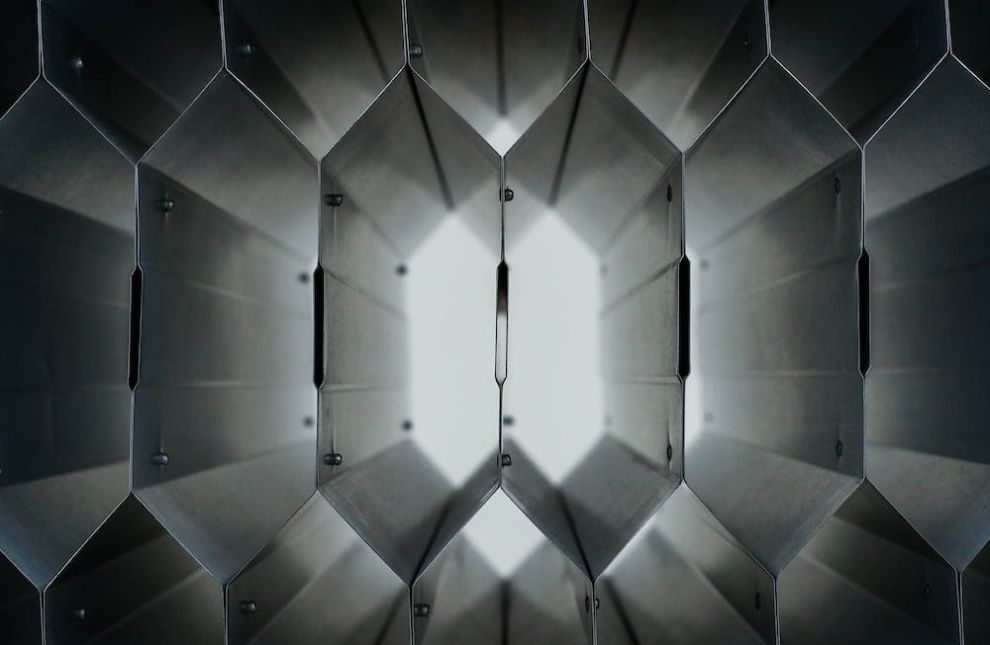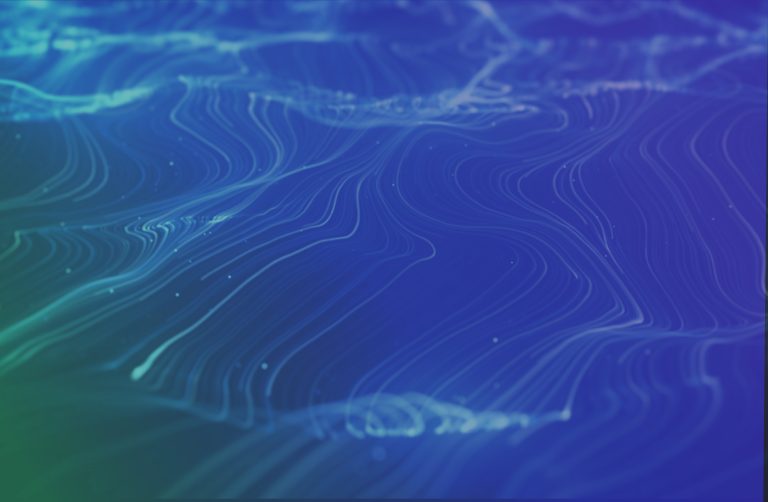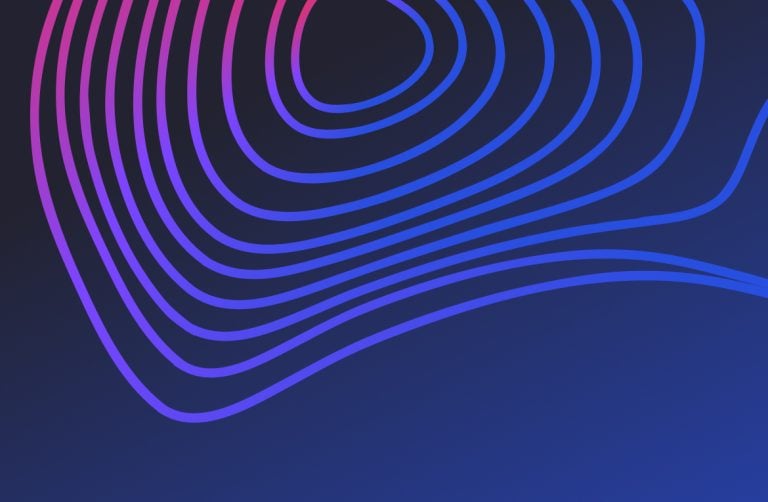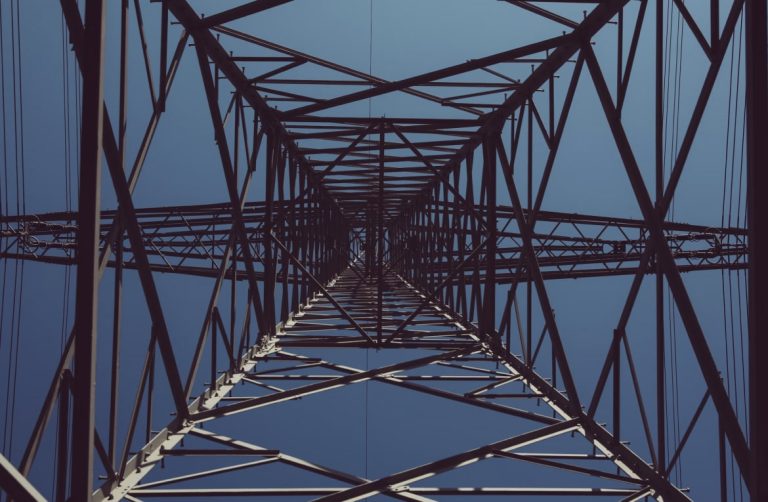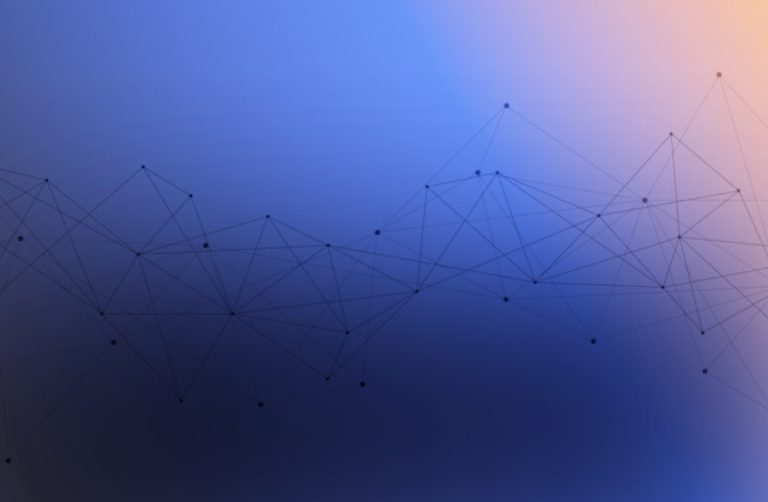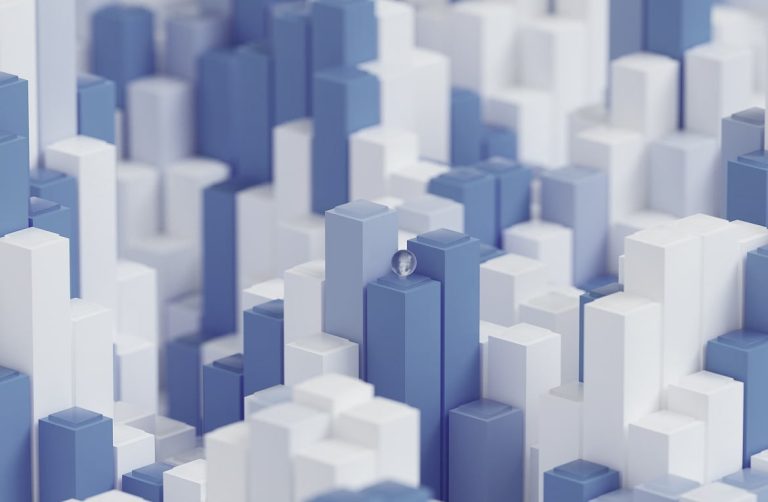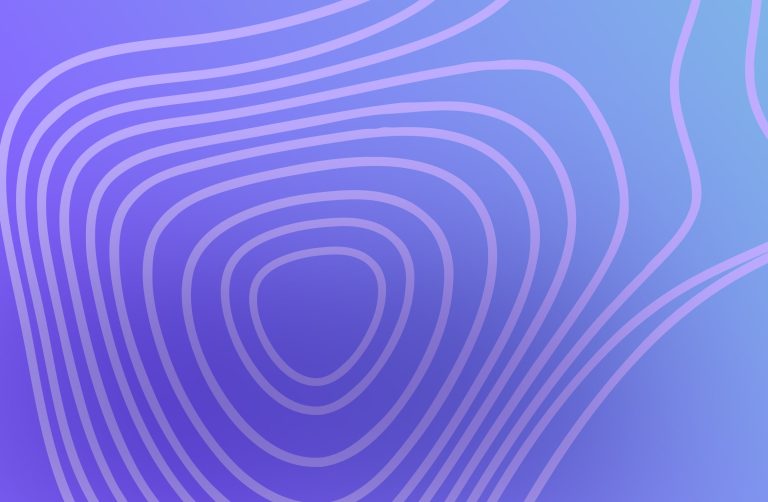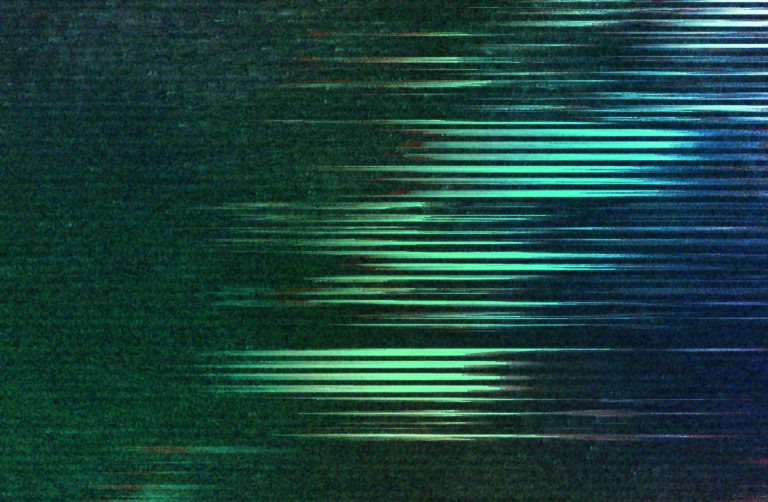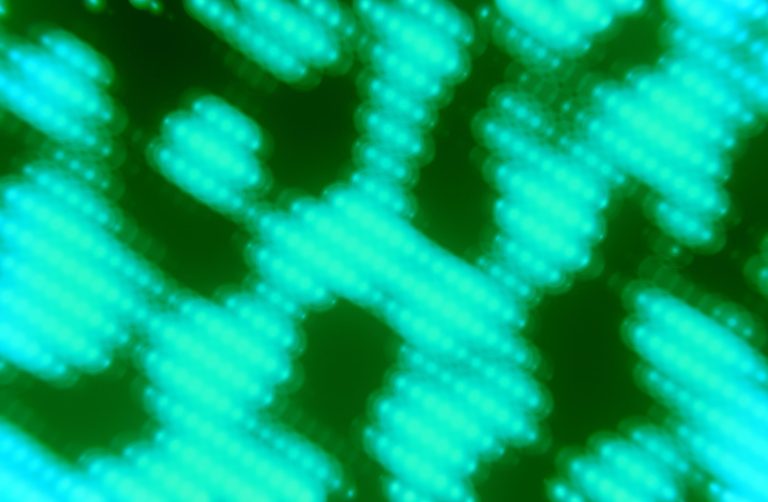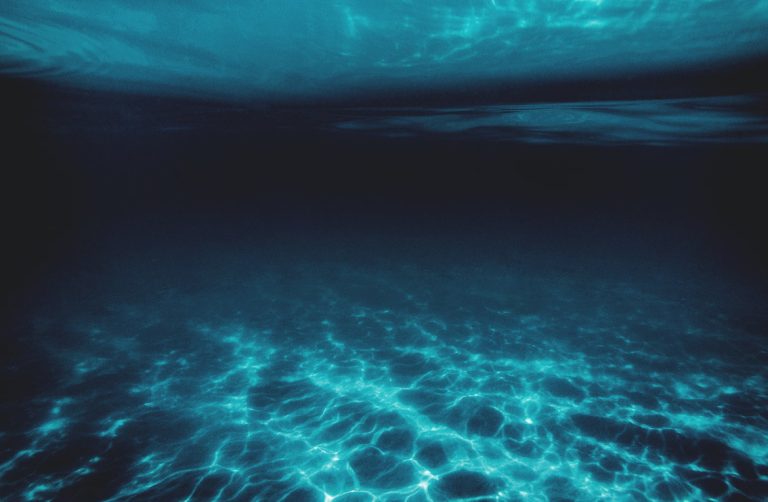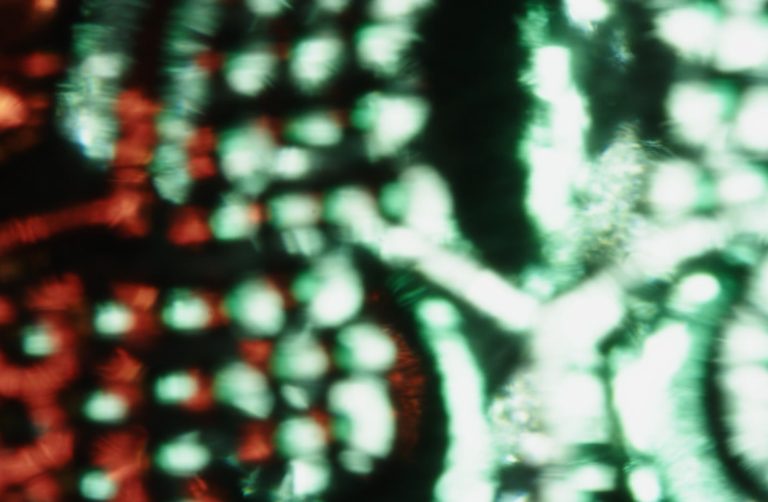



Qatium Blog
Expert content on digital water, sustainability, utility management, and collaboration in water. Powered by #QatiumExperts.
Categories
Click to filter blogs below by category
- All
- Case study
- Digital water
- Future utility
- Open water
- Qatium presents
- Sustainability


Distilled | Conversation with Mark Barnett, President and CEO of the National Water Commission – Jamaica
Qatium
Why it’s important to connect your hydraulic model with SCADA?
Saša Tomić
Open Water: why we need open data, open software, & open collaboration in water
Qatium
Distilled — Conversation with Susan Joy Hassol, Climate Communication
Qatium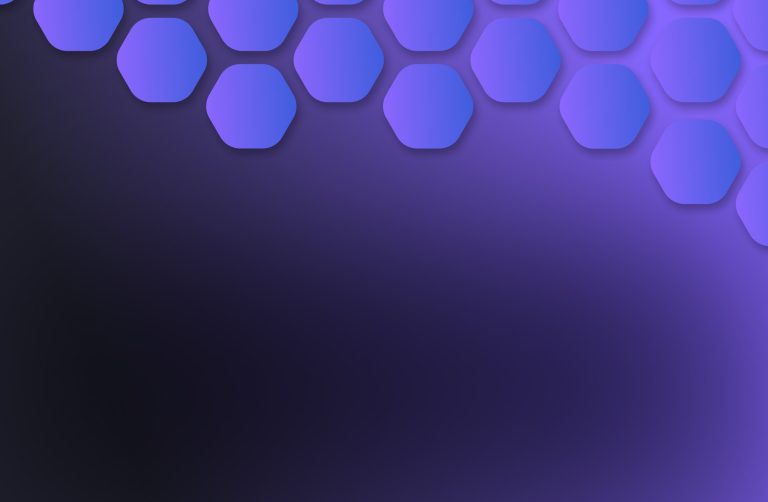
Communications & Water management: How utilities can communicate better
Qatium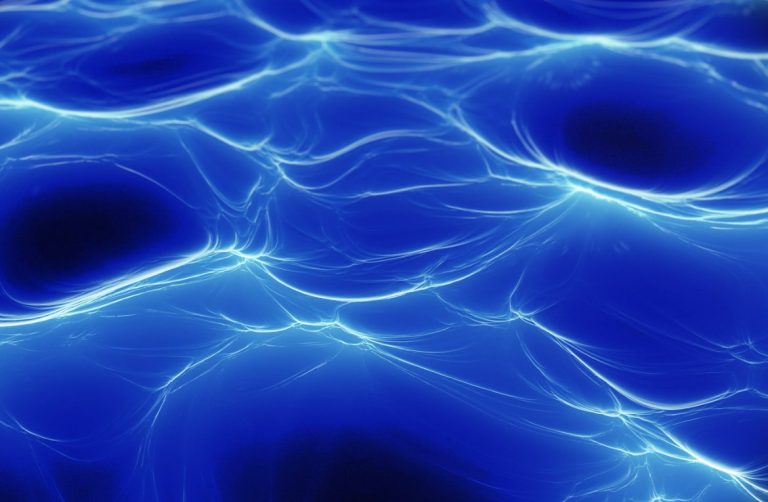
Digital transformation of the water sector as a game changer
Hassan Aboelnga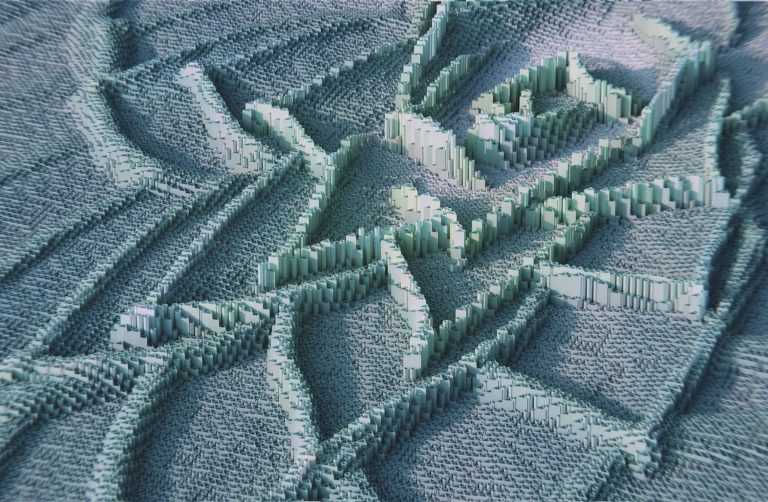
Is AI the right fit for your utility? How to approach AI effectively
Paul Fleming
AI applications in water management
Dragan Savic
AI Deep Dive: How has AI changed, and what does that mean for the water sector?
Saša Tomić
Utility staffing challenges: preparing for the “silver tsunami”
Qatium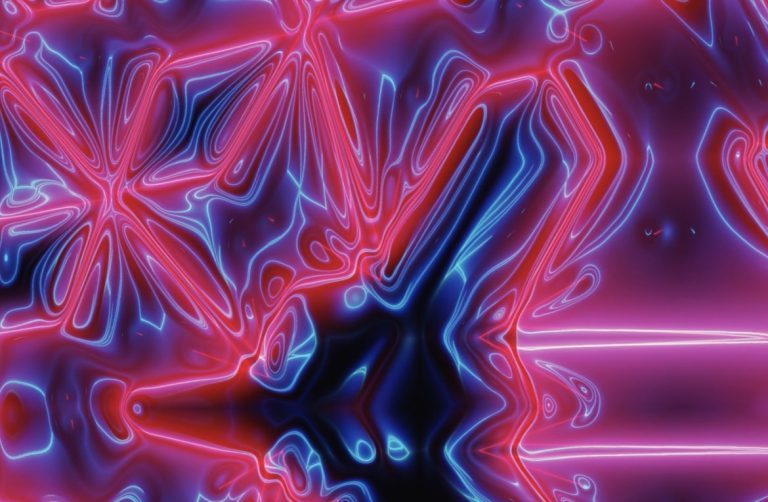
Ring the bell: It’s time for the water sector to converge on AI
Gigi Karmous-Edwards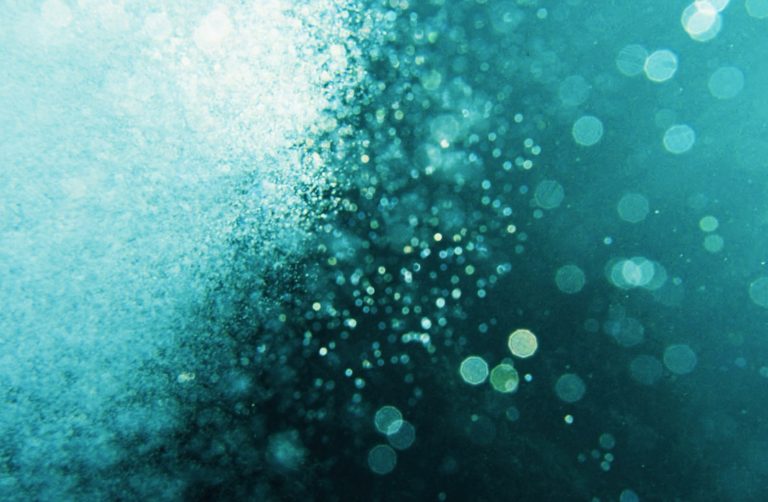
Is desalination a viable solution to water scarcity?
Gavin van Tonder
Water challenges in the Arab region: Jordan in focus
Hassan Aboelnga
Solving water scarcity through digitalizing water utilities
Gavin van Tonder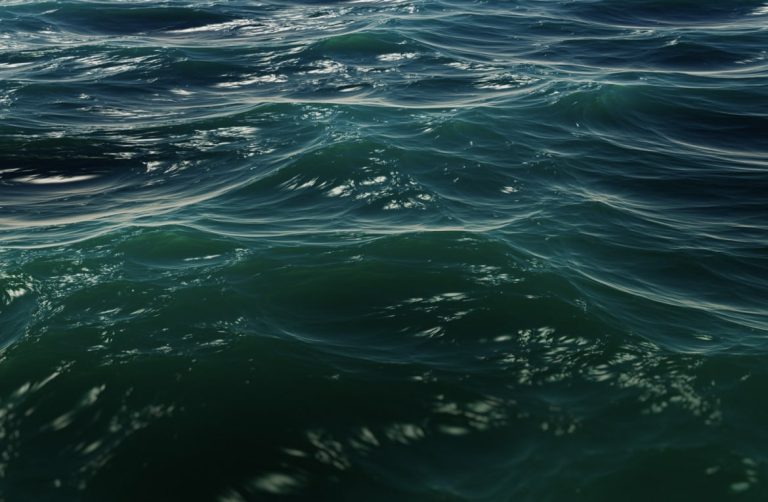
What is the real value of water?
William Sarni
Digital Transformation — Why Utilities Need an End Destination
Enrique Cabrera
Why aren’t Utilities Taking Action on Non-Revenue Water?
Gavin van Tonder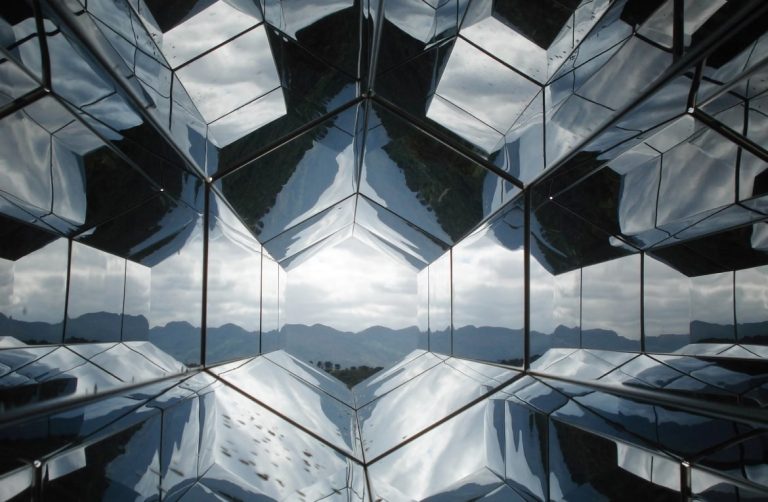
Reimagining water systems of “today” for future challenges
Newsha Ajami
Transforming your Utility: Hydraulic Models, Digital Twins and Ways of Working
Saša Tomić
The Future of Water Distribution Networks
William Sarni
Best Practices for Deploying a Digital Twin
Dragan Savic
How Digital Twins Help Water Utilities Optimize Network Performance
Qatium
You’re wasting your GIS data – here’s how to make it useful
Enrique Cabrera
Day Zero
Elisa Stefan
Should SDG6 efforts go digital?
Enrique Cabrera
Digital Transformation for Urban Water Security
Hassan Aboelnga
Join our campaign that shines
a light on water scarcity
#NoFutureWithoutWater
What we do now has an impact on our future. If we don’t slow down “Day Zero” — where water reserves run out completely — water scarcity will affect half of the world’s population by 2025. Watch our video now and find out what we can all do to prevent it.


